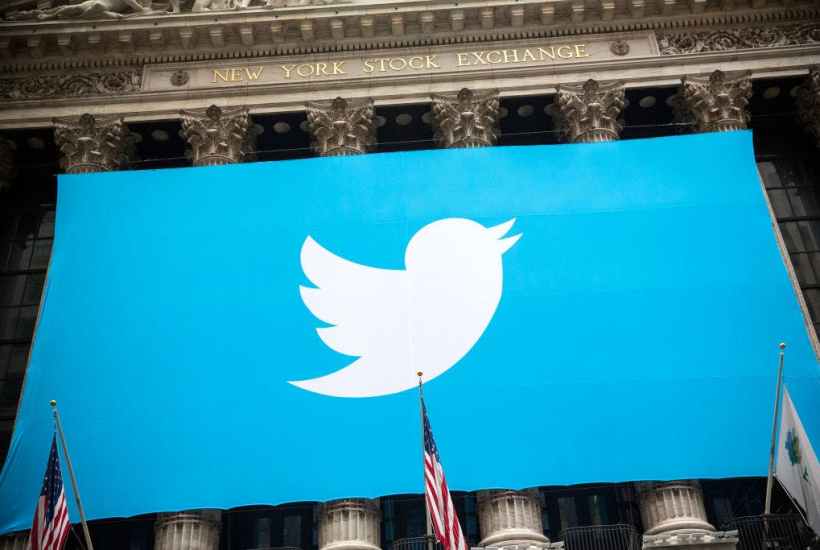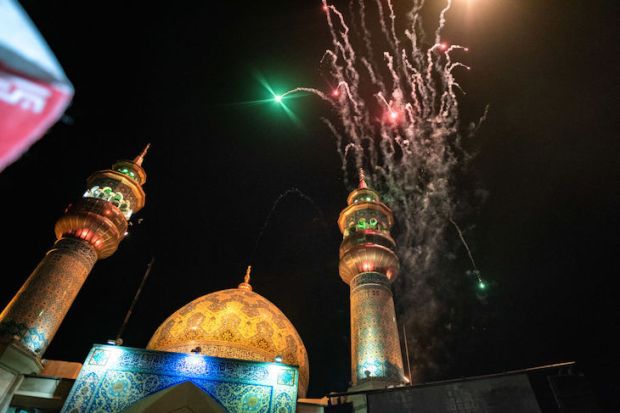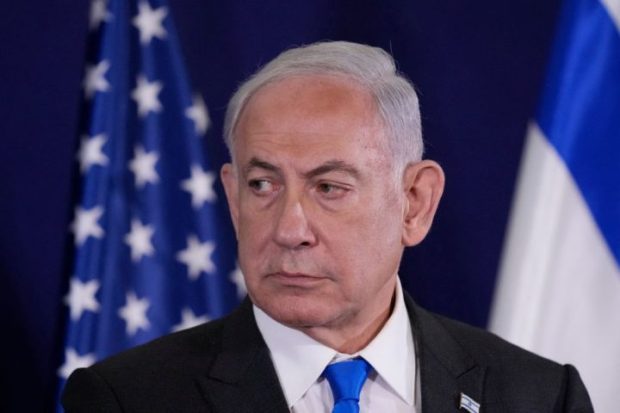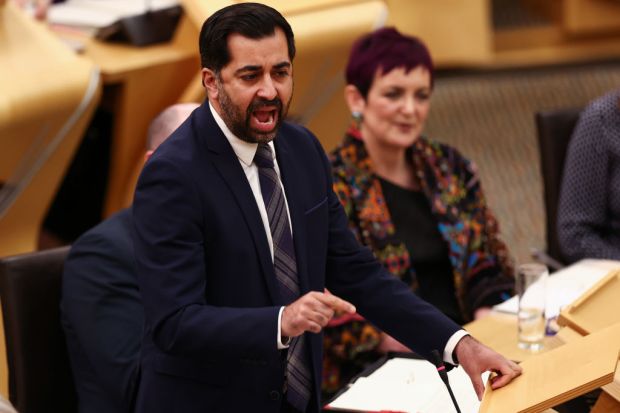The Taliban takeover of Afghanistan was swift, but this victory wasn’t won overnight. For years, the Taliban has been waging a softer fight: one on social media. Since it was removed from power, the Taliban has dedicated enormous resources to developing its presence online.
As it successfully recaptured Afghanistan, the propaganda opportunities which it put to use on Twitter as the eyes of the world watched suggested these efforts have paid off. Images and videos of Taliban forces easily gaining ground and advancing into Afghanistan’s cities – picking up military hardware left by the Americans along the way – spread like wildfire online. Islamists around the world were delighted.
In the years since it was kicked out of Afghanistan, the Taliban claims to have changed. To an extent this is true, but not in the way you might think.
While the Taliban is no less bloodthirsty and ruthless in dealing with its critics and opponents, it now cares more than it did about its appearance in the Western world. When it first came to power in 1996, the Taliban banned the internet. Now it has come to recognise its use and is seeking to use social media to create a positive international image for itself.
Zabiullah Mujahid, the Taliban’s spokesperson, has nearly 400,000 Twitter followers. Suhail Shaheen, another official has almost half-a-million followers, and was this week sharing on Twitter the results of the Taliban cabinet reshuffle. Shaheen has also been eager to show that the Taliban is a serious organisation dedicated to governing Afghanistan properly: one of the first videos he posted in the wake of the American withdrawal was a video of a road being rebuilt. It was a dull clip, but the message was clear: ‘Time to roll up sleeves and build Afghanistan’, he wrote.
Through such posts, the Taliban is trying to use social media to seek legitimacy; its official messages, especially those in English, are moderate, comical even. One recent post showed Taliban fighters enjoying themselves eating ice creams in the baking Afghan heat.
Don’t be mistaken though: for the Taliban’s opponents, this is still an organisation not to be laughed at. A glimpse of this can be seen elsewhere online with images showing what happens to those who fall foul of the Taliban regime not hard to find. Away from Twitter, on encrypted platforms, more fanatical content (and disinformation) is also being shared. Using social media, the Taliban are playing an altogether more unsavoury game, as they seek to radicalise, recruit, and even inspire acts of terrorism.
So what are social media companies doing in response? Facebook has banned Taliban accounts, saying it has ‘a dedicated team of Afghanistan experts’ keeping an eye on content posted on its platform. It has also vowed to take action against Taliban members using WhatsApp (which is owned by Facebook), amid reports the messaging service is being used by the new ruling regime in Kabul.
But Twitter – which is no stranger to taking action against politicians – is adopting a softer approach. Twitter says its ‘top priority is keeping people safe, and we remain vigilant’, yet there is no blanket ban on the Taliban.
At least some Taliban accounts on Twitter are reported to have been set up last year after Sirajuddin Haqqani, the deputy leader of the Taliban, wrote an op-ed in the New York Times. It is believed the aim was for these accounts to promote his article. If so, it appears that the Taliban has learned some key lessons in doing so when it comes to using social media. #kabulregimecrimes was a trending topic on Afghani Twitter in recent weeks, as the old guard fell and the Taliban took over. The Taliban, no doubt, was delighted to see its message circulated so widely online.
So if the Taliban got one over against the United States, it appears to be doing the same to the social media giants of California, who are not doing enough to wise up to the new regime in Kabul. The rise of Taliban Twitter surely demands a rethink of how western tech giants operate. After all, the link between online and offline violence, where people who were recruited or radicalised online carry out attacks, is long established.
Whether Twitter choose to act or not, the damage appears to have been done. For now, as we approach the anniversary of 9/11, the Taliban is on top – not only in Kabul, but also when it comes to winning the fight on social media. When Twitter permanently banned Donald Trump, it said it did so ‘due to the risk of further incitement of violence’. Does that same logic apply to the Taliban?
<//>
Got something to add? Join the discussion and comment below.
Get 10 issues for just $10
Subscribe to The Spectator Australia today for the next 10 magazine issues, plus full online access, for just $10.




















Comments
Don't miss out
Join the conversation with other Spectator Australia readers. Subscribe to leave a comment.
SUBSCRIBEAlready a subscriber? Log in